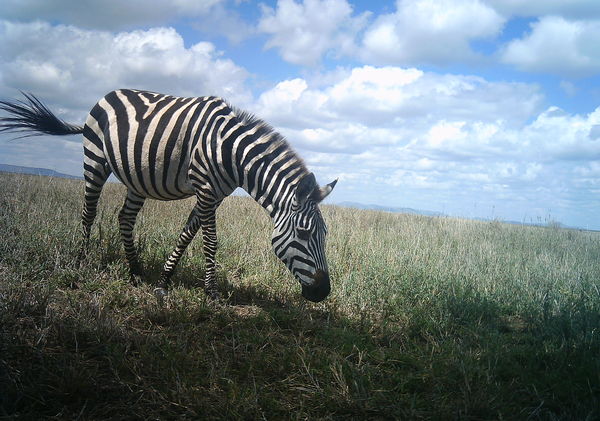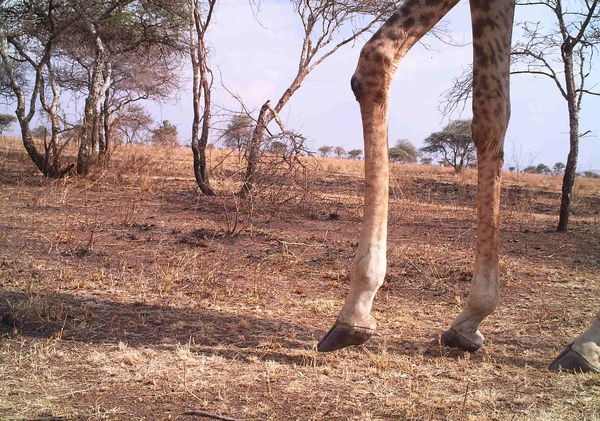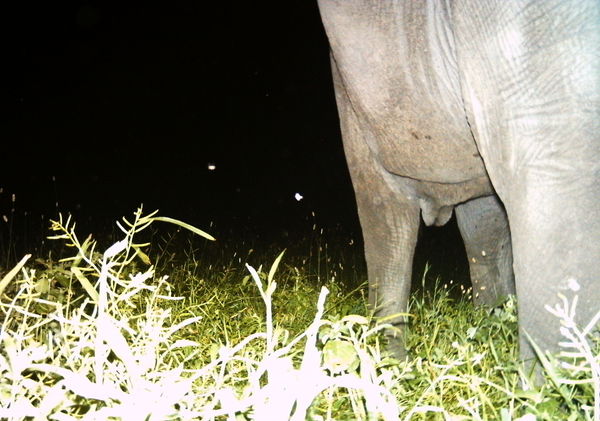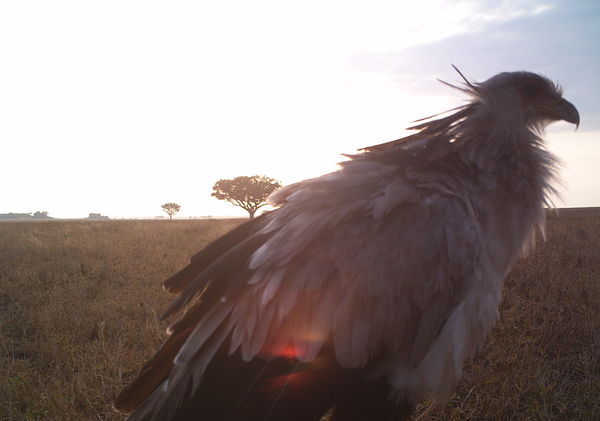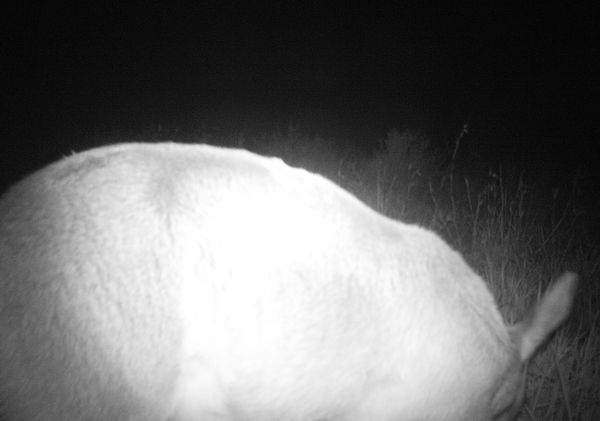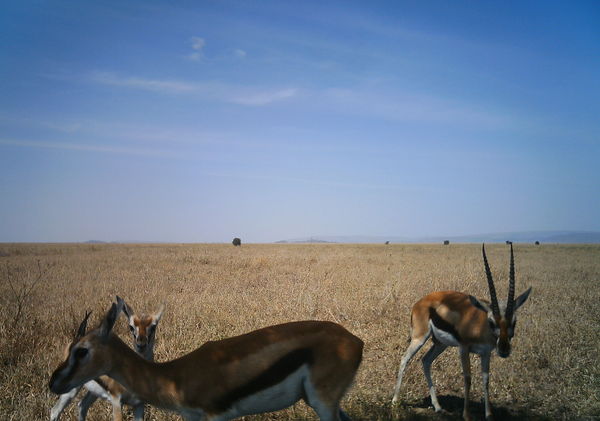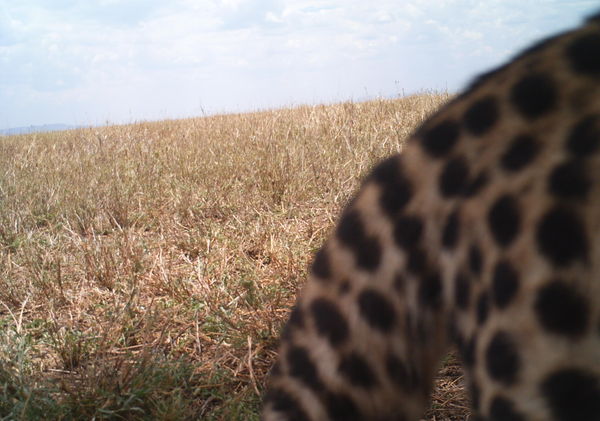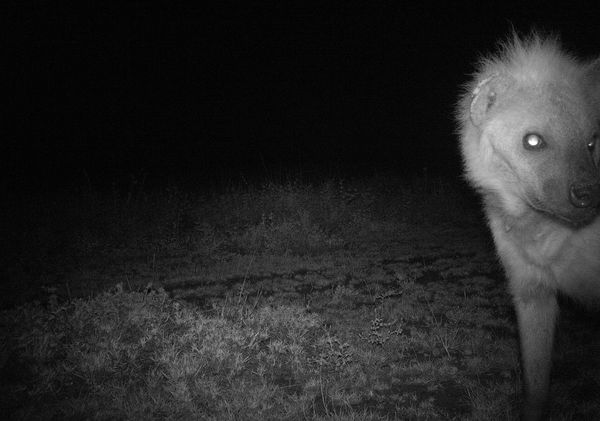We finally got to have our Thanksgiving dinner last Monday since we were waiting for cool weather. The freeze killed my tomatoes, peppers, and many other leaves. It felt like winter weather had finally arrived. Thanksgiving day in Austin was about 80 degrees which makes cooking turkey, and eating a heavy meal less pleasant. I cooked the turkey breast in my slow cooker for about 7 hours, and it turned out great. I recommend this way of cooking turkey breast, and
here's where I got the recipe. We also had mashed potatoes, cornbread stuffing, green bean casserole, and cranberry sauce. Yummm!
I am participating in
The National Arts Program with 2 pieces on display at the Mexican American Cultural Center until Dec 29th. I am showing Vain Raven, a painting that was in my previous art show, and a new mixed media painting/sculpture called Flyways. The show has about 200 pieces of art made by City of Austin employees and their family. The gallery is really fun because there are pieces of art on every subject made by kids, professionals, and level in between. If you live in Austin, I would encourage you to stop by to see all the wonderful art.
I've found a new form of entertainment identifying African Animals on
zooniverse! Snapshot Serengeti is a Citizen Science Project that gets normal people to go through photos taken by motion censored cameras set up across the Serengeti. The photos are real photos mostly of wildebeest, zebra, and gazelles, but occasionally you get a lion, elephant, or other crazy animal. It's like a game, but better because you never know what the next picture be, and your actually helping a scientist. So far, I've found 2 elephants, a hippo, one male lion, an aardvark, a baboon, a secretary bird, a few warthogs, giraffe legs (they're too tall for the camera), a few hyenas and a one jackal. My favorite pictures are the animal butts!
Pictures that I've Collected!
